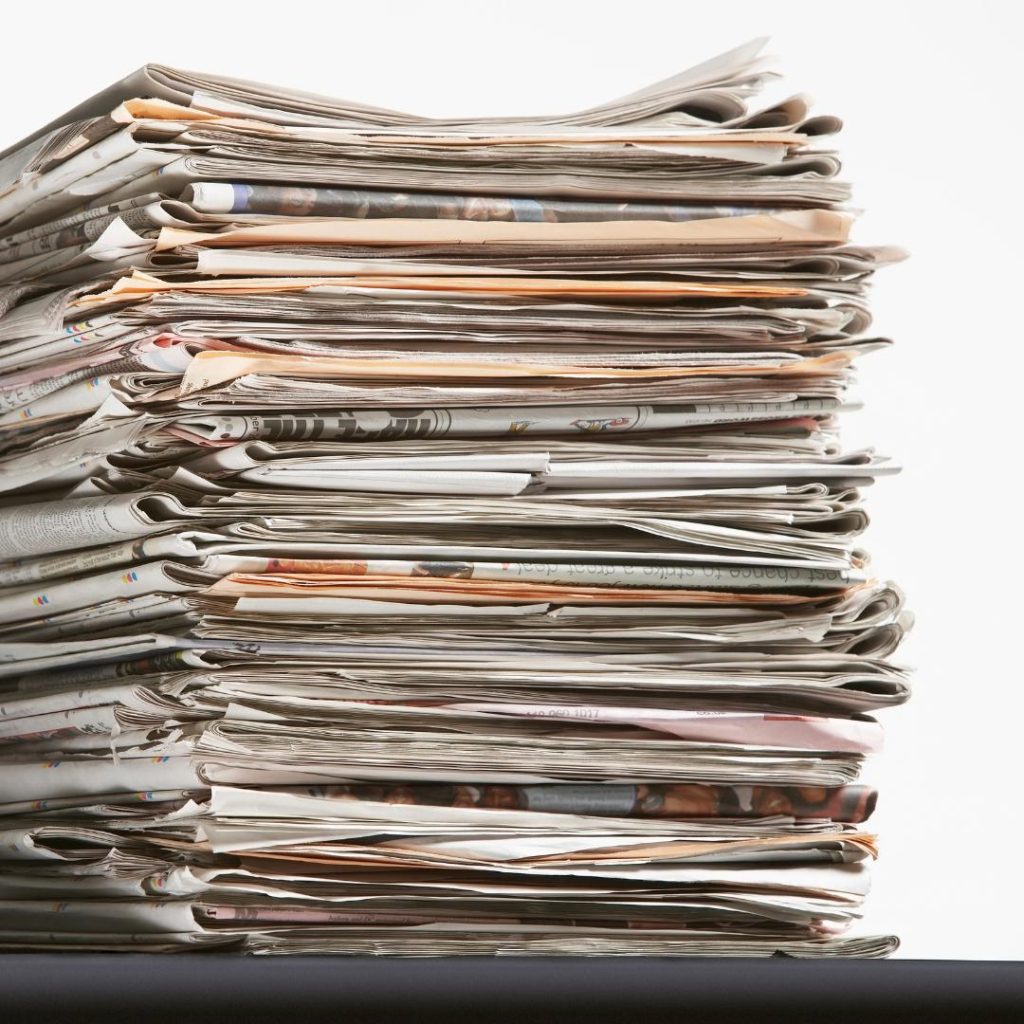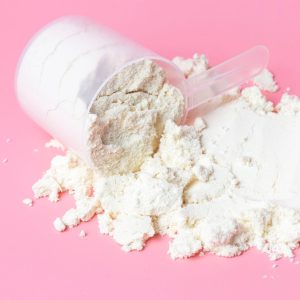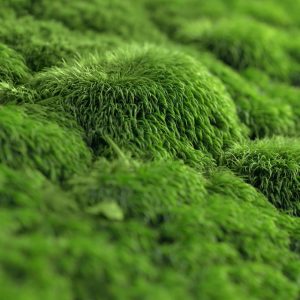Waste to purify water?

According to researchers at the Vienna University of Technology, waste paper can purify water. You can find out how this works here.
In the journal Small Science, researchers from the Institute of Materials Chemistry at the Vienna University of Technology (TU) published the idea of using cellulose waste, such as waste paper, to filter color particles from water.
For this purpose, a close-meshed net of "semi-crystalline nano-cellulose" is spun with which certain dyes, called "azo compounds", are fished out of the water.
These dyes, in turn, are mainly used in the textile industry in countries with little or no environmental regulations.
As these substances remain in the water for a long time and are broken down very slowly, they pose a great potential risk to ecosystems.
Waste paper?
Until now, the toxic compounds have been filtered using a wide variety of processes, which in turn are based on environmentally harmful metal-containing substances.
The cellulose nanofabric consists of tiny fibers through which the water flows and is filtered.
The good news is that this fabric can be made from waste material.
How is nanofabric made from waste paper?
It is particularly important to produce an extremely large surface area in order to be able to filter the azo compounds in large quantities.
The so-called "nanoweb" production process works by spraying liquid made of nano-cellulose and the plastic polyacrylonitrile.
After the droplets are electrically charged, they are sent through an electric field. This is the reason why the liquid forms extremely fine filaments as it hardens.
Area of application?
The regenerable filter can be used in industry as well as possibly in medicine - Günther Rupprechter from TU Wien is thinking, for example, of dialysis procedures in which certain chemical substances are filtered out of a liquid.






